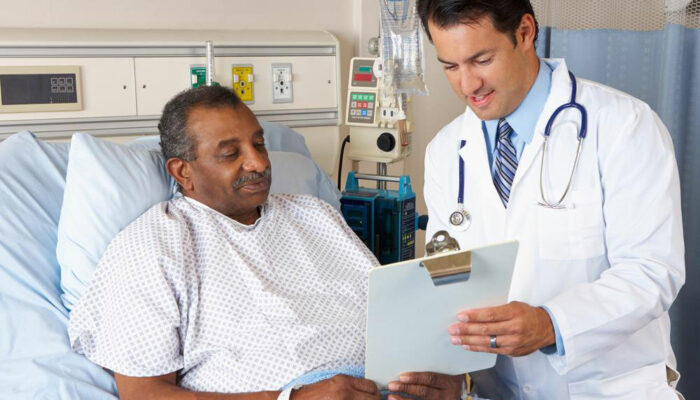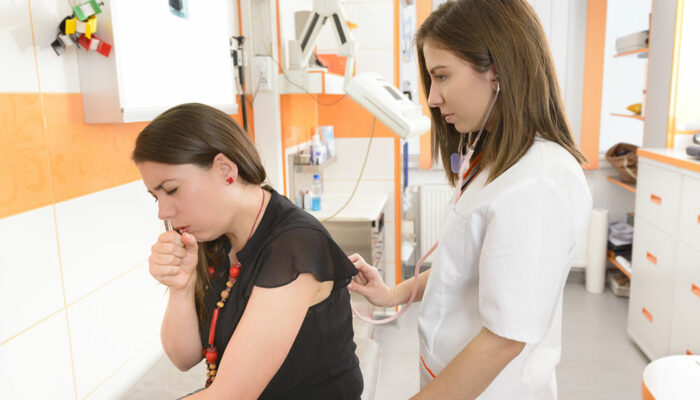
health
6 common warning signs of vasculitis
Blood vessels are channels that transport blood throughout the body. However, these vessels can sometimes get inflamed due to an autoimmune disease called vasculitis, which can disrupt blood flow and damage organ tissue. While most people can manage their symptoms with treatment options, they may often fail to notice the signs of this condition in the first place. So here are some symptoms to help individuals identify the disease and seek treatment early. Common signs of vasculitis Individuals who develop this condition might experience common symptoms that develop slowly over months. These may also surface quickly, within a couple of days. Furthermore, not all people will experience the same symptoms. General signs of vasculitis include loss of appetite, sudden loss of muscle mass, tiredness, fever, and general aches and pain. Since vasculitis may affect particular regions of the body, people may experience signs specific to that area. These are as follows: Skin spots: An individual suffering from vasculitis may notice spots that may burst, leaving open sores (ulcers). If the disease only affects the skin, its long-term effects are not severe. Therefore, it will subside once the inflammation has settled. Nosebleeds: Those who develop inflamed blood vessels in the nose may experience nosebleeds.
Read More 








